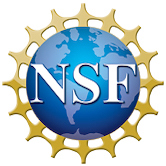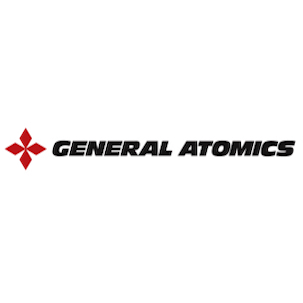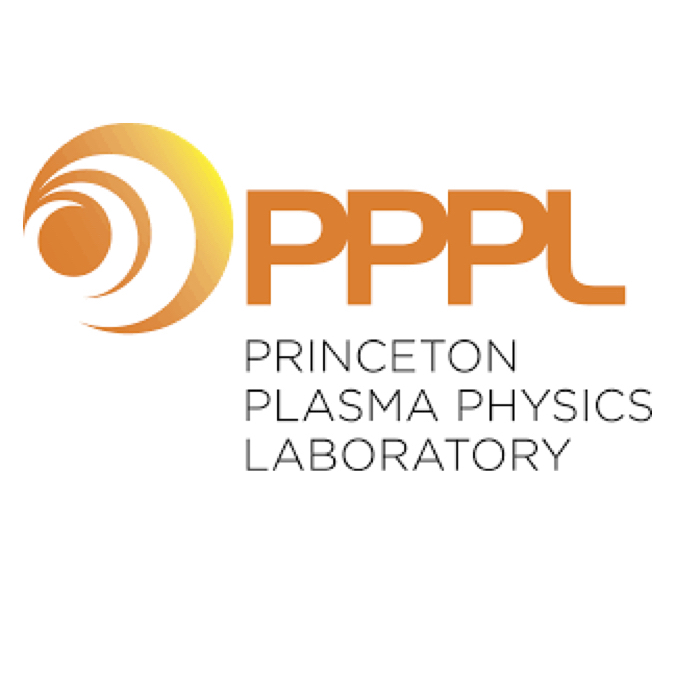A Neural Network Version of the Multi-Mode Model for Fast Simulations in DIII-D
K. Shabbir, B. Leard, S. T. Paruchuri, T. Rafiq, E. Schuster
66th Division of Plasma Physics (DPP) Annual Meeting of the American Physical Society (APS)
Atlanta, GA, USA, October 7-11, 2024
The Multi-Mode Model (MMM) is an anomalous transport model that produces transport coefficients for heat, particles, and momentum [1]. These coefficients can be incorporated into the transport evolution equations in COTSIM or TRANSP to predict various plasma profiles. MMM is, however, too computationally intensive for control applications. A neural network-based surrogate model is employed in this work to significantly reduce its computation time. MMMnet, the neural network version of MMM, is trained on TRANSP predictive runs for DIII-D discharges. This version of MMMnet improves upon previous work [2] by using a newer and augmented version (9.0.10) of MMM, which incorporates a significant amount of additional physics. Moreover, as a key difference from previous work, the new version of MMMnet provides surrogate models for all the transport coefficients, including electron/ion thermal, toroidal/poloidal momentum, and electron/impurity particle diffusivities. MMMnet demonstrates efficient performance on unseen testing data, predicting the transport coefficients accurately and significantly faster, outperforming MMM in terms of computational efficiency.
[1] T. Rafiq et al., Phys. Plasmas 20, 032506 (2013).
[2] S.M. Morosohk, et al., Nucl. Fusion 61, 106040 (2021).
*Supported by the US DOE under DE-SC0010661 and DE-FC02-04ER54698.







